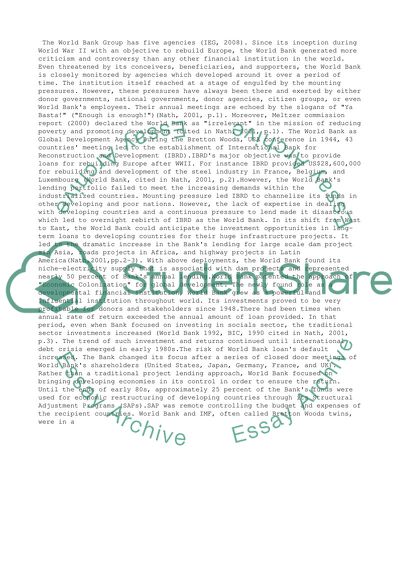Cite this document
(“History of the World Bank. What is the impact of the world bank upon Essay”, n.d.)
History of the World Bank. What is the impact of the world bank upon Essay. Retrieved from https://studentshare.org/business/1400929-what-is-the-impact-of-the-world-bank-upon
History of the World Bank. What is the impact of the world bank upon Essay. Retrieved from https://studentshare.org/business/1400929-what-is-the-impact-of-the-world-bank-upon
(History of the World Bank. What Is the Impact of the World Bank Upon Essay)
History of the World Bank. What Is the Impact of the World Bank Upon Essay. https://studentshare.org/business/1400929-what-is-the-impact-of-the-world-bank-upon.
History of the World Bank. What Is the Impact of the World Bank Upon Essay. https://studentshare.org/business/1400929-what-is-the-impact-of-the-world-bank-upon.
“History of the World Bank. What Is the Impact of the World Bank Upon Essay”, n.d. https://studentshare.org/business/1400929-what-is-the-impact-of-the-world-bank-upon.


